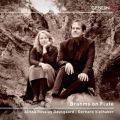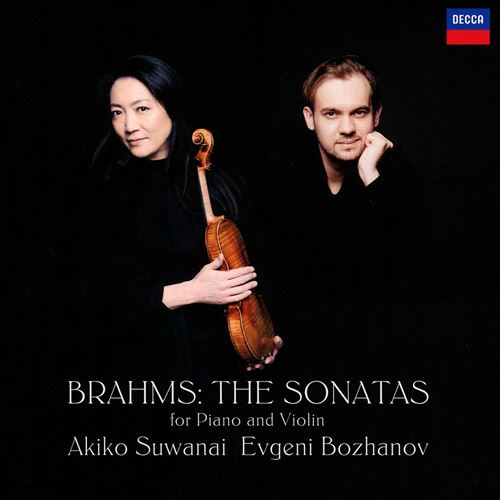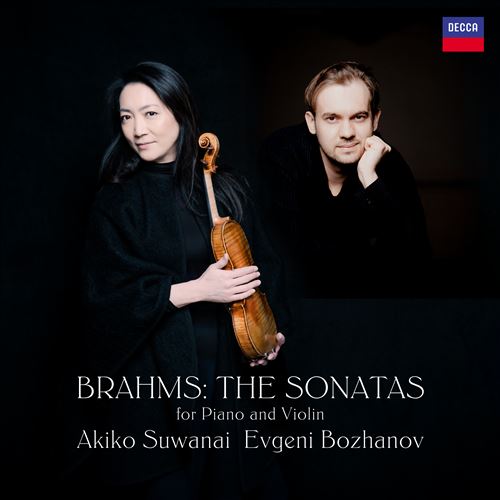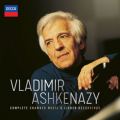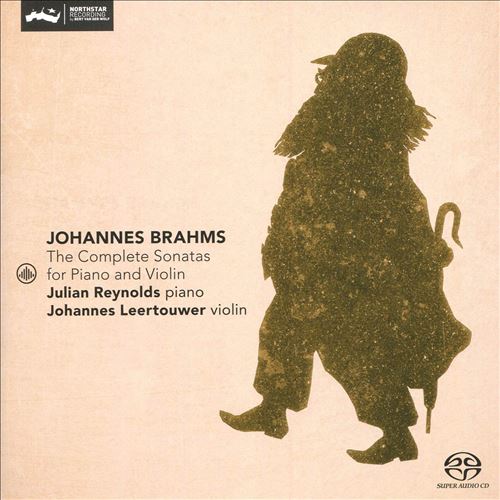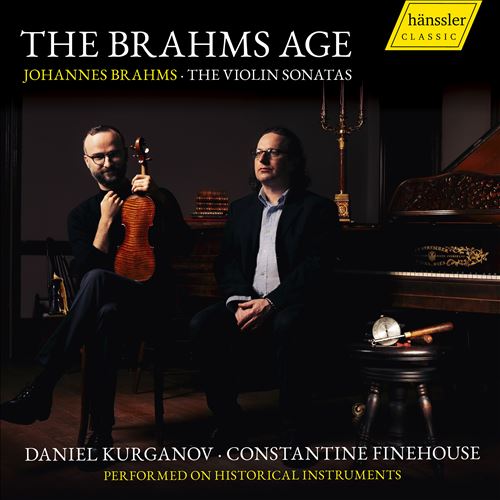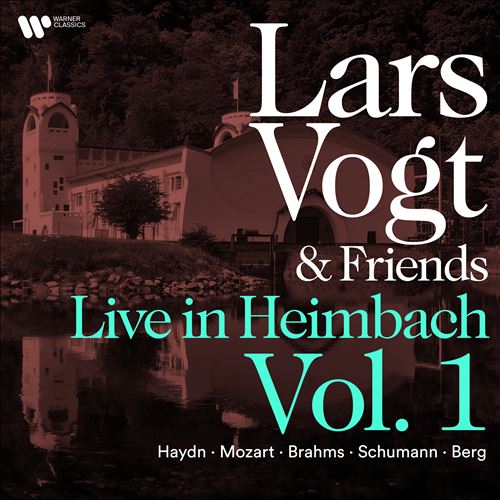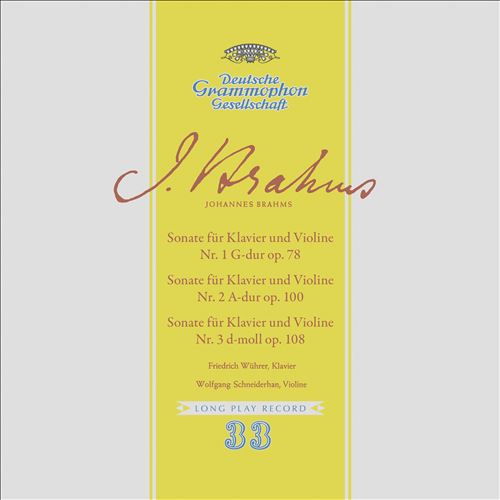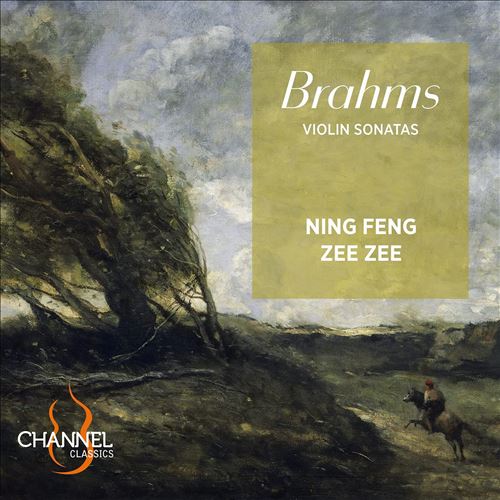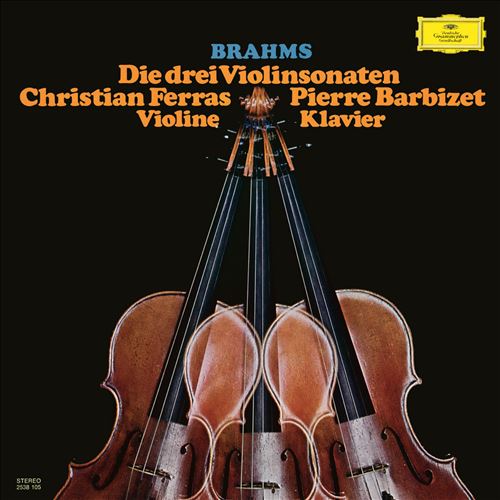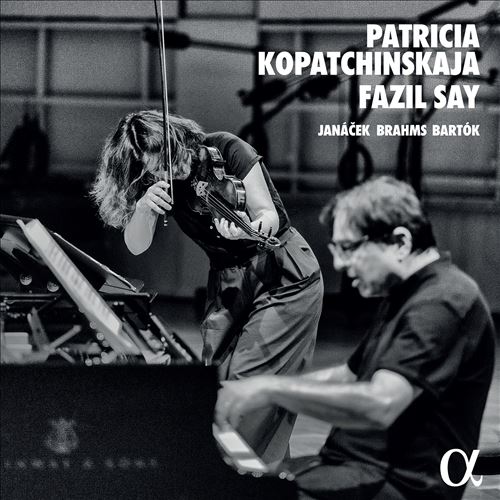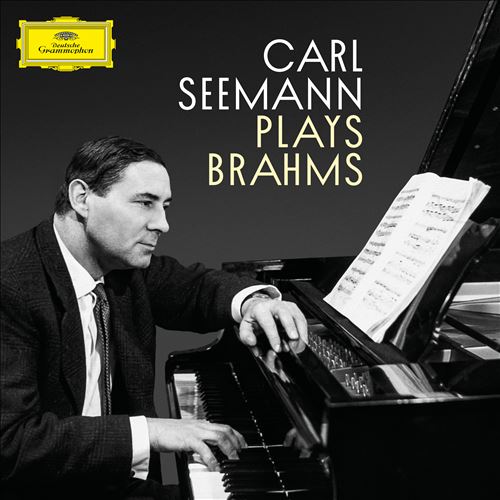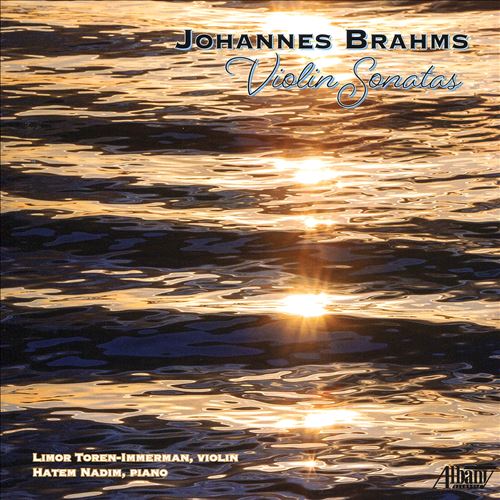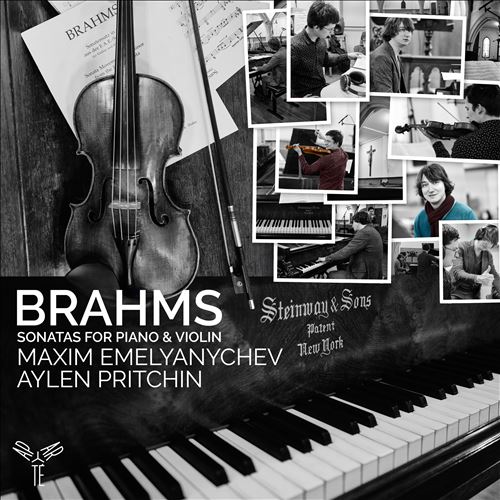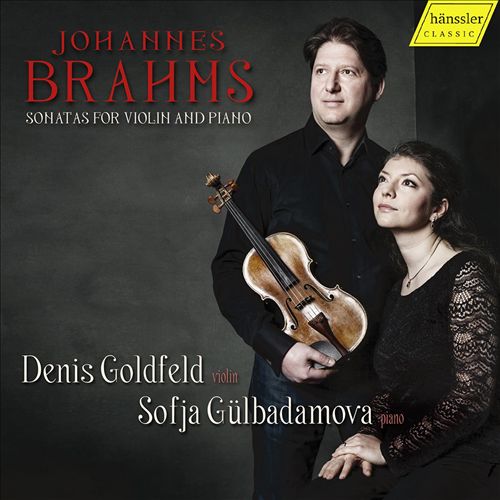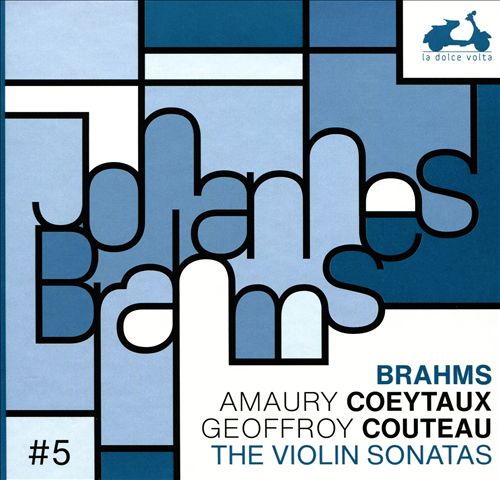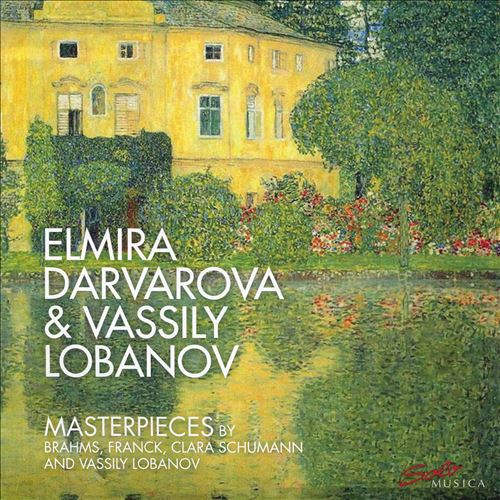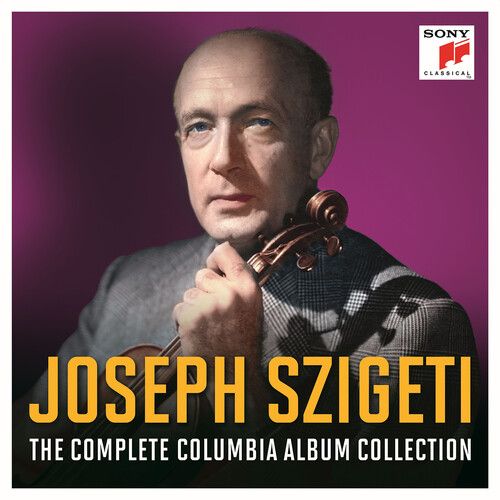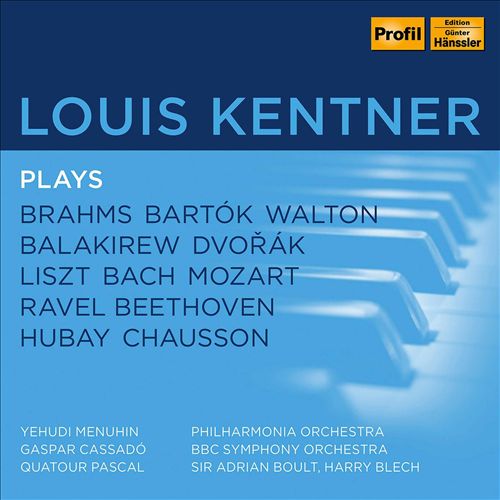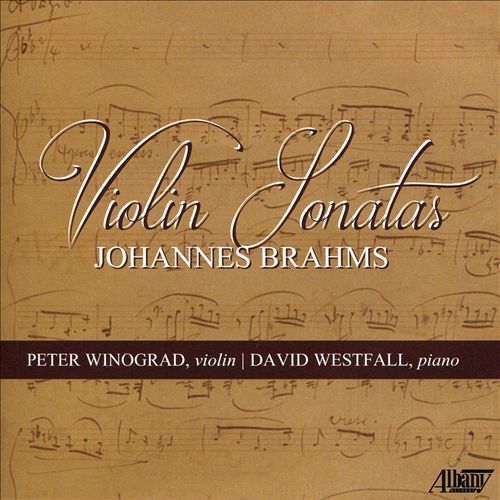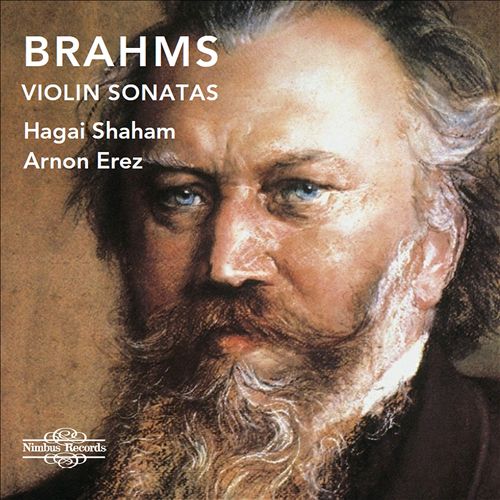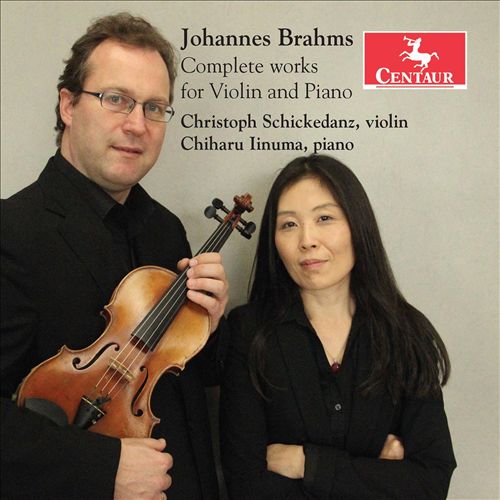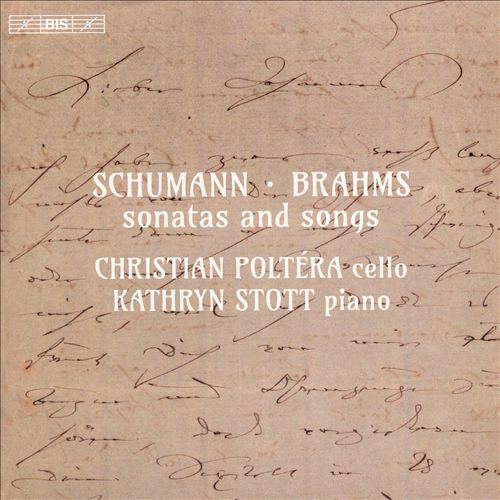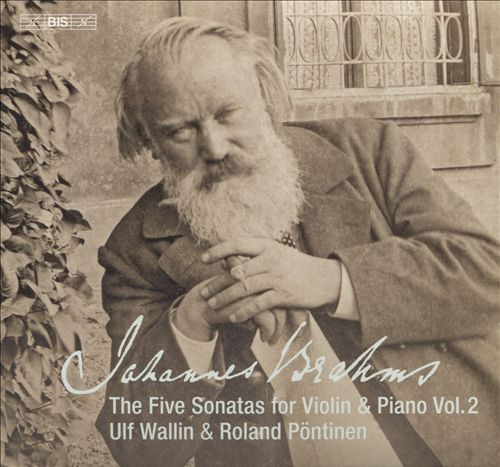Johannes Brahms (요하네스 브람스)
Sonata for violin & piano No. 3 in D minor, Op. 108
100
10,000
1,400
WORK INFO
작곡가: Johannes Brahms (요하네스 브람스)작곡년도: 1886 - 1888평균연주: 21:37악장1Allegro7:592Adagio4:433Un poco presto e con sentimento2:584Presto agitato5:45Johannes Brahms' Violin Sonata No. 3 in D minor, Op. 108 is the last of his violin sonatas, composed between 1878 and 1888. Unlike the two previous violin sonatas, it is in four movements (the others are in three movements). The sonata is dedicated to Brahms' friend and colleague Hans von Bülow, and was premiered in Budapest in 1888 with Jenő Hubay on violin and the composer at the piano.
The first movement is in traditional sonata-allegro form. The first subject, a long, lyrical cantabile line in D minor, is stated sotto voce by the violin with the piano providing a simple accompaniment; off-beats in the right hand provide a quietly agitated character. Immediately after the violin's closing cadence ends the first statement of the first subject, the subject is taken up by the piano, subito forte and with a virtuosic, heroic character; now it is the violin's turn to provide an accompaniment, again in syncopated rhythm. The second subject, a romantic, expressive melody in F major, is then stated by the piano alone, and repeated by the violin with a simple arpeggiated piano accompaniment. Next comes the development section: the violin plays a variant of the first subject elaborated with bariolage bowing, while the piano again provides the accompaniment in the right hand. Of particular interest in this section is the pedal point on the dominant (A) which the pianist sustains in the left hand for the entire duration of the development section. The recapitulation begins with the violin restating the first subject as in the beginning but an octave lower, the piano plays an elaborated version of the original accompanying figure. After the final cadence of the subject, three sudden unison chords announce, subito forte, an unexpected direct modulation into F-sharp minor. In the ensuing section, of virtuosic and symphonic character, violin and piano toss back and forth fragments of the original theme. After a direct modulation back to D minor, the recapitulation resumes its course, and then the second subject is restated in D major. Once more back into D minor and the first subject makes one more appearance in the violin, in the original octave, accompanied by the original figure in the piano. There is a brief sotto voce return to the elaborated material of the development section which then passes through a series of modulations. One final sostenuto statement of the first subject across three octaves leads to a cadence in D major, which leads directly into the second movement.From WIKIPEDIA
RELEASED ALBUMS
-
Great Violin SonatasAugust 1, 2025
-
MeditationMarch 7, 2025
-
Schön RosmarinFebruary 21, 2025
-
Brahms: Violin SonatasOctober 18, 2024
-
Brahms on FluteOctober 4, 2024
-
Brahms: The Sonatas for Piano and ViolinJune 26, 2024
-
Johannes Brahms: Complete Sonatas for Violin and PianoJune 26, 2024
-
Brahms: Violin Sonata No. 3, Op. 108 - 4. Presto agitatoJune 12, 2024
-
Lars Vogt: The Complete Warner Classics EditionMarch 29, 2024
-
Vladimir Ashkenazy: Complete Chamber Music & Lieder RecordingsJanuary 19, 2024
-
Johannes Brahms: The Complete Sonatas for Piano and ViolinSeptember 8, 2023
-
The Brahms Age: The Violin SonatasJuly 7, 2023
-
Lars Vogt & Friends Live in Heimbach, Vol. 1June 16, 2023
-
J. Brahms: Sonate No. 1 Op. 78; Sonate No. 2 Op. 100; Sonate No.3 Op. 108June 16, 2023
-
Brahms: Violin SonatasMarch 10, 2023
-
Brahms: Die drei Violinsonaten [Christian Ferras Edition, Vol. 17]February 17, 2023
-
Janácek, Brahms, BartókJanuary 13, 2023
-
Carl Seemann Plays BrahmsJune 24, 2022
-
Johannes Brahms: Violin SonatasApril 15, 2022
-
Brahms: Sonatas for Piano & ViolinFebruary 18, 2022
-
Johannes Brahms: Sonatas for Violin and PianoOctober 1, 2021
-
Johannes Brahms #5: The Violin SonatasSeptember 24, 2021
-
Masterpieces by Brahms, Franck, Clara Schumann and Vassily JobanovJune 18, 2021
-
Joseph Szigeti: The Complete Columbia Album CollectionApril 9, 2021
-
Louis Kentner plays Brahms, Bartók, Walton, Balakirew, Dvorák, etc.April 2, 2021
-
Johannes Brahms: Violin SonatasMarch 5, 2021
-
Brahms: Violin SonatasMarch 5, 2021
-
Johannes Brahms: Complete Works for Violin and PianoMay 1, 2020
-
Schumann, Brahms: Sonatas and SongsJanuary 3, 2020
-
Johannes Brahms: The Five Sonatas for Violin & Piano, Vol. 2January 3, 2020
FEATURED MOVIES
-
 23:41브람스: 바이올린 소나타 3번 D단조 Op. 108
23:41브람스: 바이올린 소나타 3번 D단조 Op. 108 -
 08:21브람스: 바이올린 소나타 3번 D단조 Op. 108 1. Allegro
08:21브람스: 바이올린 소나타 3번 D단조 Op. 108 1. Allegro -
 04:54브람스: 바이올린 소나타 3번 D단조 Op. 108 2. Adagio
04:54브람스: 바이올린 소나타 3번 D단조 Op. 108 2. Adagio -
 08:47브람스: 바이올린 소나타 3번 D단조 Op. 108 3. Un poco presto e con sentimento
08:47브람스: 바이올린 소나타 3번 D단조 Op. 108 3. Un poco presto e con sentimento -
 05:37브람스: 바이올린 소나타 3번 D단조 Op. 108 4. Presto agitato
05:37브람스: 바이올린 소나타 3번 D단조 Op. 108 4. Presto agitato -
 05:18브람스: 바이올린 소나타 3번 D단조 Op. 108 4. Presto agitato23 May 2005Le Boeuf Hall, Brussels
05:18브람스: 바이올린 소나타 3번 D단조 Op. 108 4. Presto agitato23 May 2005Le Boeuf Hall, Brussels -
 21:03브람스: 바이올린 소나타 3번 D단조 Op. 1081980Lord Harewood estate
21:03브람스: 바이올린 소나타 3번 D단조 Op. 1081980Lord Harewood estate -
 25:13브람스: 바이올린 소나타 3번 D단조 Op. 108
25:13브람스: 바이올린 소나타 3번 D단조 Op. 108 -
 25:13브람스: 바이올린 소나타 3번 D단조 Op. 108
25:13브람스: 바이올린 소나타 3번 D단조 Op. 108 -
 05:19브람스: 바이올린 소나타 3번 D단조 Op. 108 2. AdagioMarch 1970Alice Tully Hall, New York City
05:19브람스: 바이올린 소나타 3번 D단조 Op. 108 2. AdagioMarch 1970Alice Tully Hall, New York City
ALBUM MUSIC
WORKS SHOUTS






